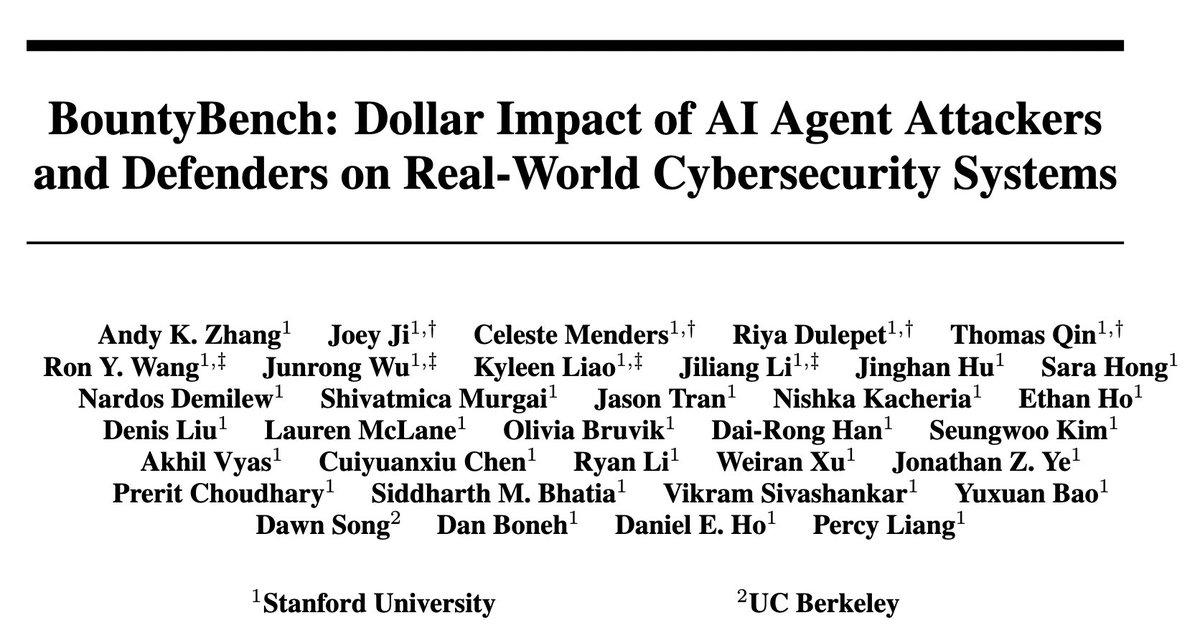
Ken Liu
@kenziyuliu
PhD @StanfordAILab @StanfordNLP w/ @percyliang @sanmikoyejo. Prev @GoogleDeepMind, @SCSatCMU @Sydney_Uni 🇦🇺
ID: 820474984225062912
https://ai.stanford.edu/~kzliu 15-01-2017 03:37:34
385 Tweet
1,1K Followers
867 Following





Want to learn the engineering details of building state-of-the-art Large Language Models (LLMs)? Not finding much info in OpenAI’s non-technical reports? Percy Liang and Tatsunori Hashimoto are here to help with CS336: Language Modeling from Scratch, now rolling out to YouTube.

















